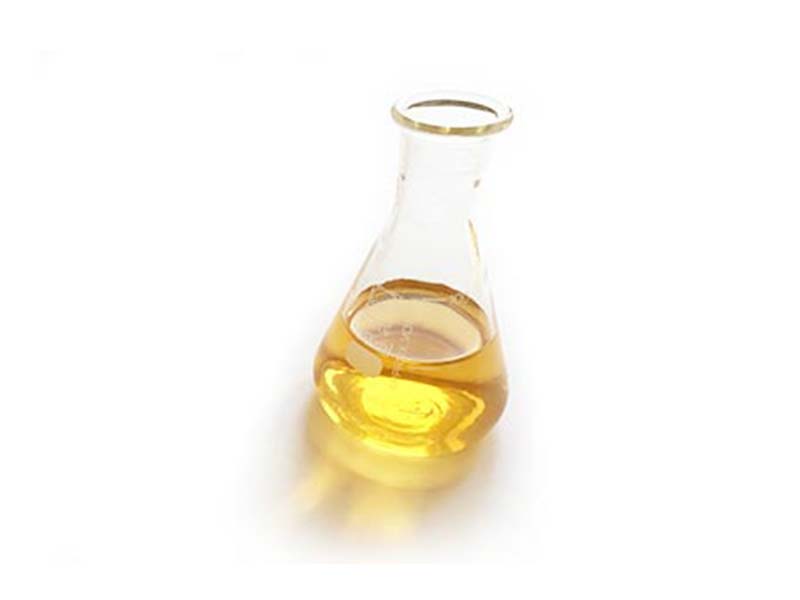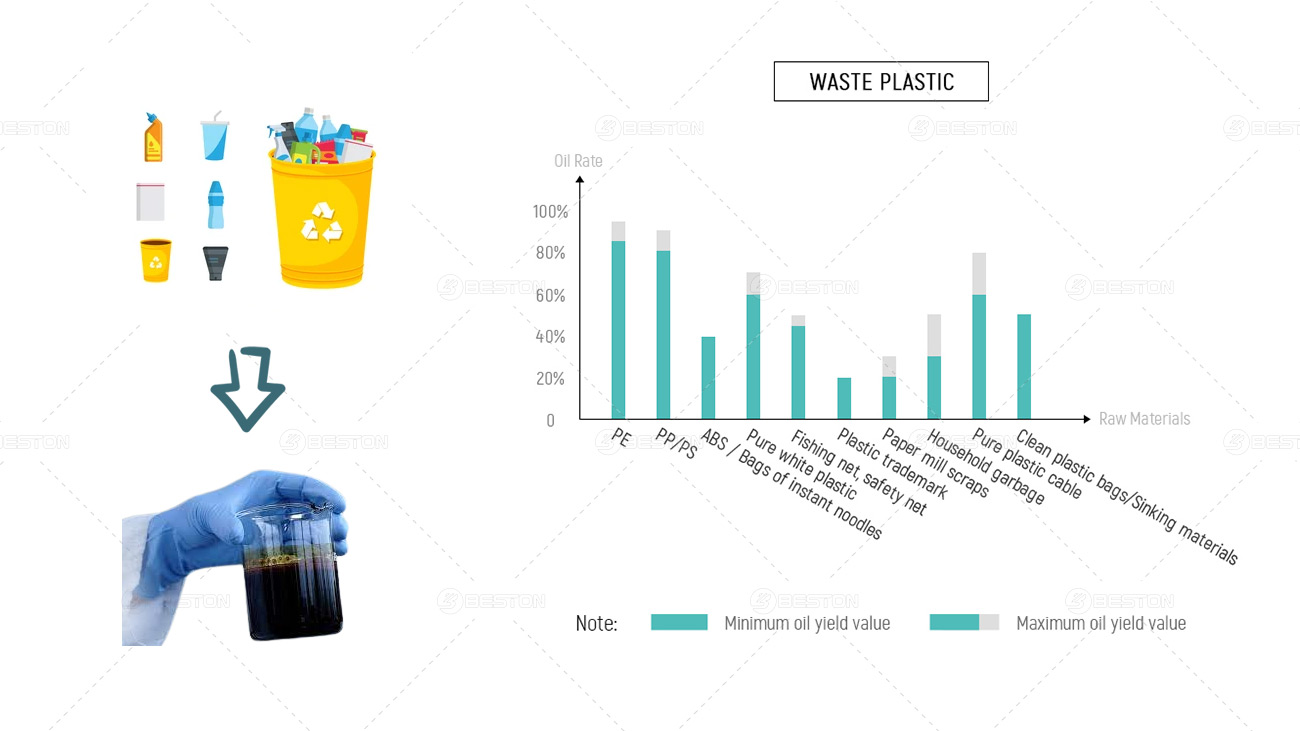Pyrolysis, as a process, has long been recognized for its potential to convert waste materials into valuable resources. Among the products of pyrolysis, pyrolysis oil holds significant promise as a source of energy and chemicals. However, the raw pyrolysis oil obtained from the process often requires further refinement to enhance its quality and expand its potential applications. This article explores the various pyrolysis oil upgrading technologies that are being developed and implemented to maximize the usefulness of this valuable resource.
Understanding Pyrolysis Oil
Before delving into the upgrading technologies, it’s essential to understand the characteristics of pyrolysis oil. Also known as bio-oil or tire oil, pyrolysis oil is a complex mixture of organic compounds obtained through the thermal decomposition of organic materials such as biomass, plastics, tires, and rubber by pyrolysis plant. It typically contains a range of hydrocarbons, oxygenates, and other organic compounds, making its composition variable depending on the feedstock and pyrolysis conditions.

Challenges Associated with Raw Pyrolysis Oil
While pyrolysis oil from tyre/plastic to oil machine has the potential to serve as a renewable and sustainable alternative to fossil fuels, its raw form poses several challenges that limit its usability. These challenges include:
- High moisture content
- High acidity
- Presence of impurities such as char, ash, and tar
- Low energy density
- Poor stability and shelf-life
Pyrolysis Oil Upgrading Technologies
To address these challenges and enhance the usefulness of pyrolysis oil, various upgrading technologies have been developed. These technologies aim to improve the quality, stability, and compatibility of pyrolysis oil for use in various applications, including fuel production, chemical synthesis, and specialty products. Some of the key pyrolysis oil upgrading technologies include:
1. Hydrotreating
Hydrotreating, also known as hydrodeoxygenation (HDO), is a widely used technology for upgrading pyrolysis oil. In this process, the pyrolysis oil is treated with hydrogen under high temperature and pressure in the presence of a catalyst. The hydrogen reacts with the oxygen-containing compounds in the oil, such as aldehydes, ketones, and acids, to form water and hydrocarbons. This results in the reduction of oxygen content, acidity, and other impurities, leading to an improvement in the quality and stability of the oil.
2. Catalytic Cracking
Catalytic plastic pyrolysis machine is another effective method for upgrading pyrolysis oil. In this process, the pyrolysis oil is passed over a catalyst at high temperature, causing the larger hydrocarbon molecules to break down into smaller, more valuable products. This helps to improve the quality and energy density of the oil, making it more suitable for use as a transportation fuel or chemical feedstock.

3. Distillation
Distillation is a simple and cost-effective method for separating and purifying pyrolysis oil. In this process, the crude pyrolysis oil is heated to high temperatures, causing the lighter fractions to vaporize and the heavier fractions to remain as liquid. The vaporized fractions are then condensed and collected, resulting in the separation of water, light gases, and other impurities from the oil. This helps to improve the quality and stability of the oil, making it suitable for a wider range of applications.
4. Solvent Extraction
Solvent extraction is a process that involves the use of organic solvents to selectively remove impurities from pyrolysis oil. In this process, the pyrolysis oil is mixed with a solvent that has a high affinity for certain impurities, such as water, acids, or phenols. The mixture is then allowed to separate into two layers, with the impurities concentrated in the solvent layer and the purified oil recovered from the other layer. This helps to improve the quality and purity of the oil, making it suitable for more demanding applications.
5. Ozonolysis
Ozonolysis is a chemical process that involves the reaction of pyrolysis oil with ozone gas. In this process, ozone gas is bubbled through the pyrolysis oil, causing it to react with unsaturated compounds such as alkenes and aromatics. This results in the oxidation of these compounds to form oxygen-containing functional groups, which can then be easily removed through subsequent treatment steps. Ozonolysis helps to reduce the acidity and improve the stability of the oil, making it more suitable for long-term storage and transportation.
Applications of Upgraded Pyrolysis Oil
The upgraded pyrolysis oil obtained through these technologies has a wide range of potential applications, including:
- Fuel Production: Upgraded pyrolysis oil can be used as a renewable fuel for power generation, heating, and transportation, either directly or after further processing into biofuels such as biodiesel or green diesel.
- Chemical Synthesis: Upgraded pyrolysis oil can serve as a feedstock for the production of various chemicals and materials, including olefins, aromatics, and specialty chemicals.
- Specialty Products: Upgraded pyrolysis oil can be used to produce specialty products such as adhesives, coatings, and lubricants, where its unique properties and composition offer advantages over traditional petroleum-derived products.
Conclusion
Pyrolysis oil from tyre/plastic to fuel machine upgrading technologies play a crucial role in enhancing the usefulness and versatility of pyrolysis oil as a renewable and sustainable resource. By addressing the challenges associated with raw pyrolysis oil, these technologies enable the production of high-quality, stable, and valuable products that can be used in a wide range of applications. As advancements continue to be made in this field, the potential for pyrolysis oil to contribute to a more sustainable and environmentally friendly future is boundless.